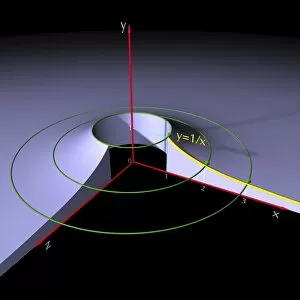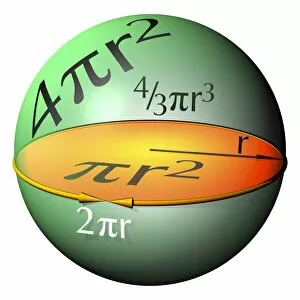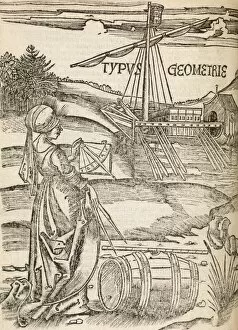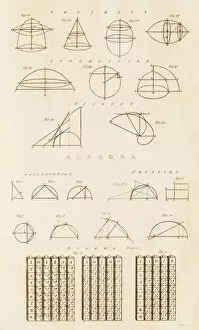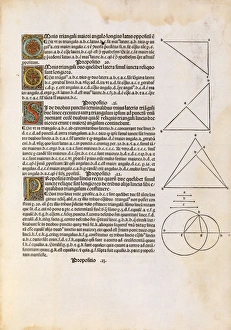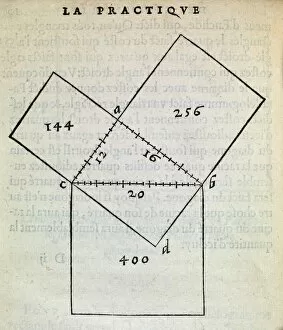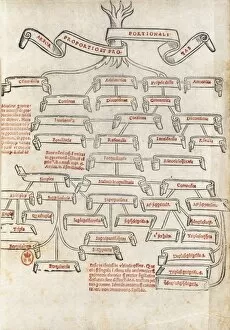Geometry Collection (page 21)
"Exploring the Intricate Beauty of Geometry: From Johannes Kepler's Model of the Universe to Fractals and Ancient Art" Step into the captivating world of geometry
All Professionally Made to Order for Quick Shipping
"Exploring the Intricate Beauty of Geometry: From Johannes Kepler's Model of the Universe to Fractals and Ancient Art" Step into the captivating world of geometry, where intricate patterns and symmetrical designs unfold before your eyes. In Johannes Kepler's groundbreaking model of the universe, depicted in a line engraving from his Mysterium Cosmographicum (1596), we witness the fusion of art and science as he unravels celestial mysteries. Venture further into the realm of fractals with Mandelbrot fractal, an awe-inspiring creation that showcases infinite complexity within its self-repeating patterns. These mesmerizing shapes can also be found adorning unexpected places like the ceiling of Tomb of Hafez in Shiraz, Iran - a testament to how geometry transcends time and culture. From ancient times to modernity, it has been allegorized as Science Allegorised or celebrated through architectural marvels such as Choi Hung Estate in Hong Kong. As one of the oldest public housing estates, it stands tall as a symbol of precision and order amidst urban chaos. Surveying takes us back to 1594 when German surveyors meticulously took sightings on land and sea. Their dedication highlights how geometry plays a crucial role in mapping our physical world accurately. Delve deeper into theoretical concepts like Torus Universe artwork or explore The Seven Liberal Arts illustrated in Hortus deliciarum – both showcasing how geometry intertwines with philosophy and education throughout history. No exploration would be complete without mentioning Plato, an ancient Greek philosopher who believed that geometric principles were fundamental to understanding reality itself. Whether through serious depictions or caricatures, Plato's influence on shaping our perception cannot be underestimated. Lastly, immerse yourself in breathtaking visualizations like Spiral Fractal or Dragon Tail Fractal – these mind-bending creations remind us that even within chaos lies hidden harmony waiting to be discovered through geometric exploration.




